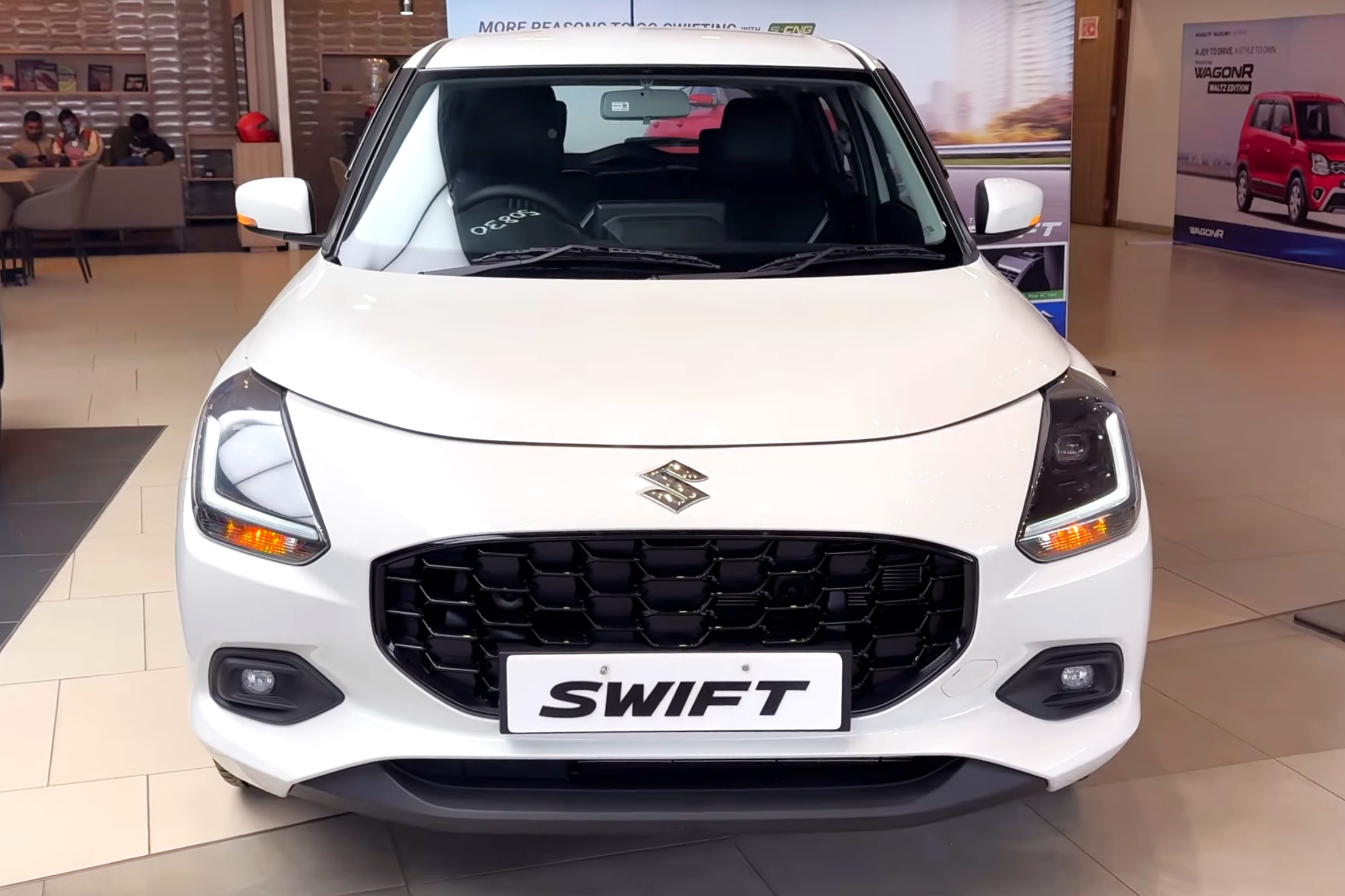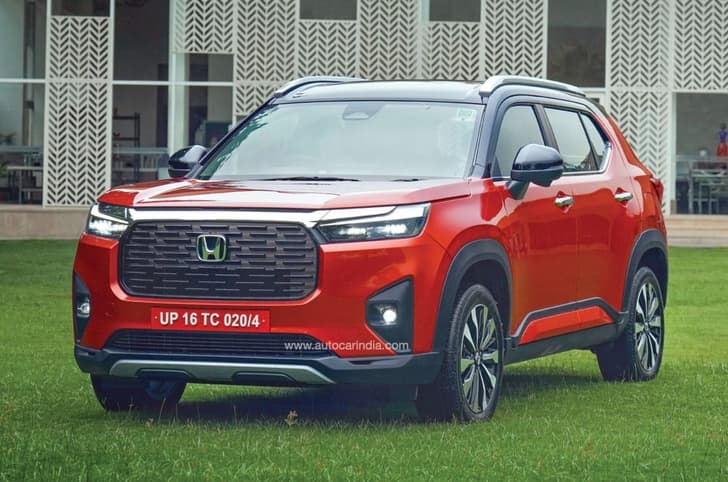As India observes its second day of a 21-day nationwide lockdown – a proactive attempt by the government to curb the spread of the coronavirus – there’s a glimmer of hope in the skies. The Air Quality Index (AQI) of the country, which ranked as the fifth most polluted country in the world in the 2019 World Air Quality Report, published by Switzerland's IQAir, is in for some positive change driven by lack of vehicular emissions and industrial operations.
With a prevailing AQI of 71, New Delhi, the national capital has recorded a sharp 60 percent drop in the PM 2.5 (particulate matter) concentration in its air over the past one week, leading to the city currently ranking at No. 31 among popular metropolitans around the world, as of March 26, as listed by IQAir.
Compare this much-improved position to last year's report when New Delhi was placed at the No. 5 position in Top 30 list of most polluted cities in the world. It would not come as any surprise that 21 of these 30 polluted cities are in India.
The national capital, which started seeing state government measures such as closure of malls and cinema halls as early as March 13, to then getting into a complete lockdown since March 22, has brought in this effective transformation.
Air pollution has been a vexing subject for much too long, especially in recent times when climate change and global warming have caught the attention of policy makers as well as industry leaders worldwide, who now look at all possible sustainability solutions to go eco-friendly.
According to IQAir's report, the average level of PM 2.5, which is majorly contributed by combustion from power plants, smoke and soot from waste burning, industrial chemical processes and vehicular emissions, exceeded the WHO-recommended guidelines by a shocking 500 percent in India last year.
The total lockdown could bring some essential respite to the environment by providing it time to rejuvenate in the absence of major economic activities, which also includes suspension of domestic and international air transportation, and all national train services in the country until midnight of April 14.
55 percent PM 2.5 typically comes from CV fleets
However, even as all major modes of transportation, including local trains, buses, auto-rickshaws, shared cabs and private transportation, are prohibited from plying on city roads during the lockdown, goods-carrying commercial trucks are still running to keep the production and delivery of essential goods and services active.
According to Paulo Afonso ade Andre, AQI expert, Air Pollution Lab - Medical School, University of Sao Paulo, Brazil, "Heavy commercial trucks and buses are responsible for 55-60 percent of the PM2.5."
Historical data shows that New Delhi had 1.12 crore registered vehicles in the city, as of December 2018, with a growth rate of about 6 percent.
India's automotive hubs go greener
Meanwhile, the Indian automotive industry, which includes vehicle OEMs, component suppliers, dealers and logistics players, have also been significantly impacted by the ongoing lockdown and have had to pull down shutters to participate in the national call for prioritising health of its citizens. A quick glance at the PM2.5 readings of the corresponding automotive hubs in the country also shows a noticeable improvement in the prevailing condition of the air.
Manesar, which is an industrial area on the outskirts of Delhi housing vendors supplying to neighbouring plants of Maruti Suzuki India, Hero MotoCorp and Honda Motorcycle & Scooter India, has recorded a 70 percent improvement in air quality, with the AQI going down from 154 on March 19 to 47 as of 14:00 hours March 26.
For Gurgaon, there has been a 67 percent improvement, with the metric dropping from 232 to 75. Nashik in Maharashtra, which is predominantly known for Mahindra & Mahindra's operations, has posted a nominal 6 percent improvement from 66 to 62.
Chennai, which is home to Ford India, Hyundai Motor India, BMW India, Renault-Nissan Alliance India, TVS Motor Company and Royal Enfield, shows a 32 percent reduction in the AQI value, which has dropped from 88 a week ago to 60 on March 26 afternoon.
BS6 to reduce PM 2.5 emissions
With less than a week remaining for the country to make a complete transition to the BS6 emission norms for its new vehicles, India could continue to be on the path of decreased vehicular emissions from its fleet.
The new stringent regulations, which get implemented nationwide from April 1, will reduce NOx emissions by 25 percent in petrol-powered vehicles and bring a 68 percent reduction of the same in diesel vehicles, alongside a drastic 82 percent reduction in PM2.5.
While the industry has been bracing itself for the much-discussed transition, the current coronavirus situation has impacted its plan of action. To provide some relief, the Supreme Court passed a judgement at a hearing held on March 27, allowing automotive retailers to only sell 10 percent of unsold BS4 inventory for 10 days post lockdown.
All AQI statistics sourced from CPCB

























